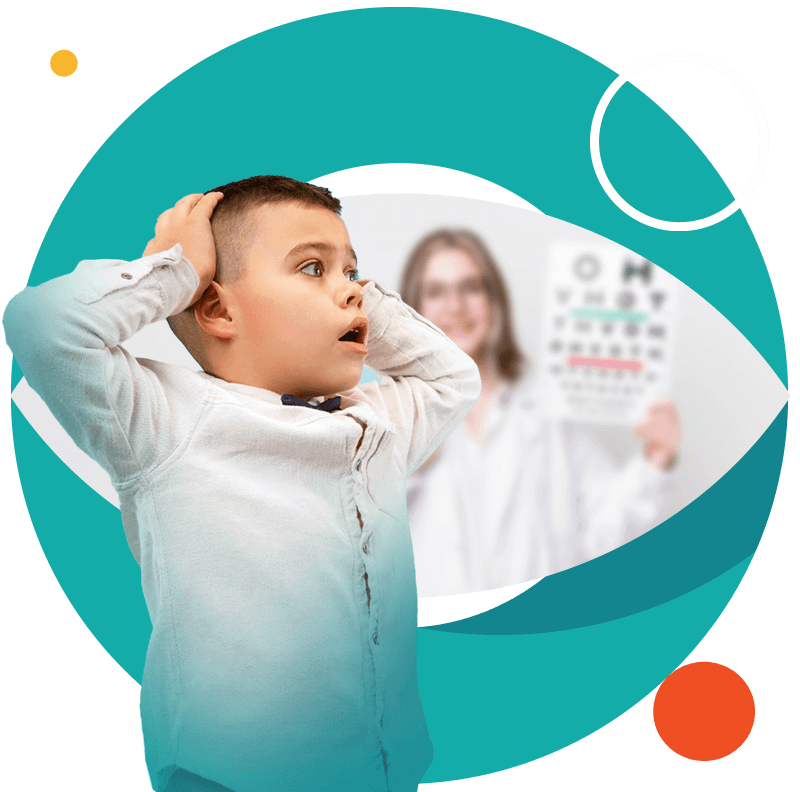Causes of Vertical Heterophoria
Vertical heterophoria (VH) is influenced by a combination of genetic and environmental factors, which contribute to the misalignment of the eyes. Understanding the root causes of VH is crucial for effective diagnosis and treatment.
Genetic Factors
Many individuals with VH have a genetic predisposition to the condition. It can run in families, indicating a hereditary link. The structural aspect of the eyes and the way they are set in the skull can be passed down through generations, leading to a higher likelihood of developing VH.
Trauma and Physical Injury
Head injuries or trauma can result in damage to the nerves and muscles around the eyes, leading to misalignment and VH. Traumatic brain injuries and concussions are known to be significant contributors to the development of VH, as they can affect the delicate balance and coordination required for proper eye alignment.
Age-Related Changes
As individuals age, the flexibility and strength of the eye muscles can decrease, leading to a higher risk of developing VH. The natural aging process can affect the eyes’ ability to work together harmoniously, resulting in misalignment.
Neurological Conditions
Certain neurological conditions can impact the visual system and lead to VH. Conditions such as multiple sclerosis can affect the nerves and muscles around the eyes, contributing to the development of VH.














